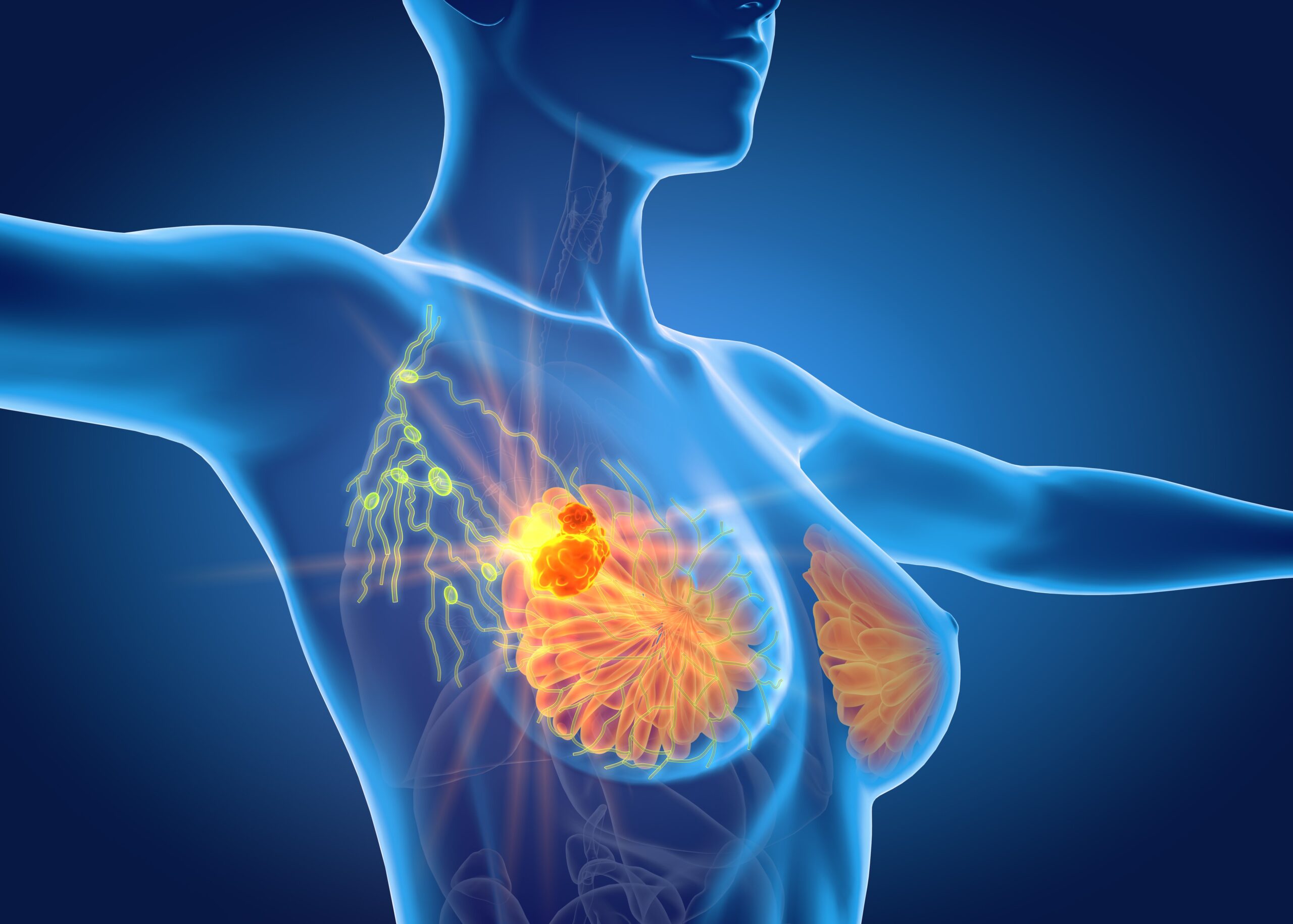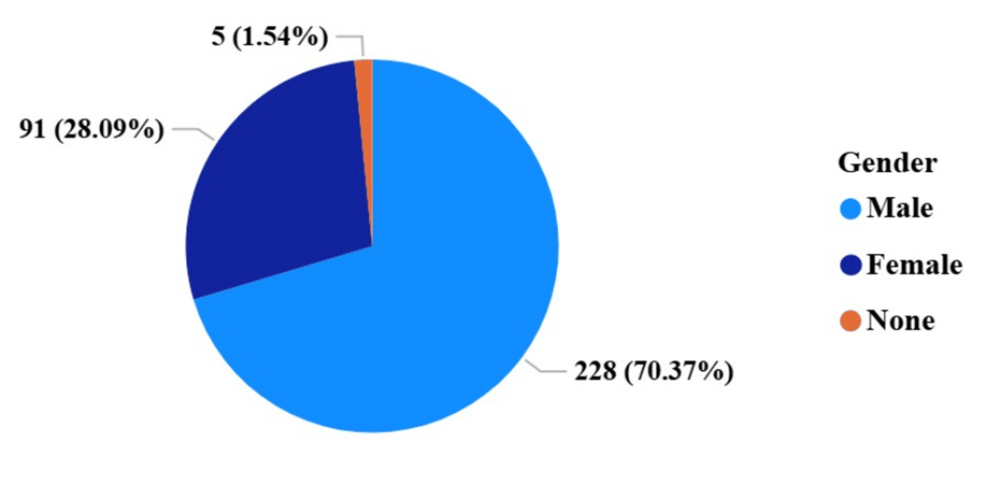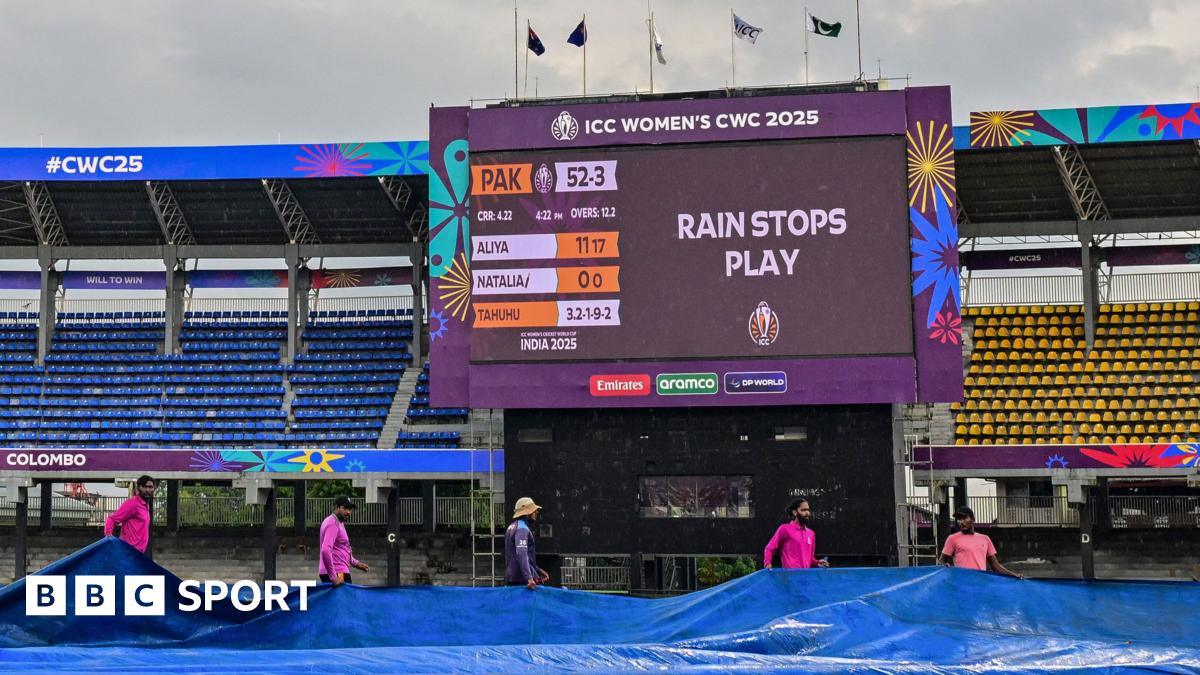The addition of the PI3K/AKT/mTOR (PAM) inhibitor gedatolisib to fulvestrant (Faslodex), with or without palbociclib (Ibrance) led to clinically meaningful and statistically significant improvements in progression-free survival (PFS) among patients with hormone receptor (HR)-positive, human epidermal growth factor receptor 2 (HER2)-negative, PIK3CA wild-type advanced breast cancer following progression on, or after, treatment with a CDK4/6 inhibitor and an aromatase inhibitor. 1,2
The benefits of PAM inhibition were seen in results from the phase 3 VIKTORIA-1 trial (NCT05501886) that were presented at the
“VIKTORIA-1 is the first study to demonstrate a statistically significant and clinically meaningful improvement in progression-free survival with PAM inhibition in patients with PIK3CA wild-type disease, all of whom received prior CDK4/6 inhibitor,” Sara A. Hurvitz, MD, FACP, senior vice president and director, Clinical Research Division, Fred Hutch, said during a presentation of the data.
How significantly did gedatolisib improve PFS and other efficacy end points?
Compared with fulvestrant alone (arm C), both the triplet of gedatolisib, fulvestrant, and palbociclib (arm A) and doublet regimen of gedatolisib plus fulvestrant (arm B) induced superior PFS. The triplet reduced the risk of disease progression by 76% compared with fulvestrant alone (median PFS 9.3 months [95% CI, 7.2-16.6] vs 2.0 months [95% CI, 1.8-2.3], respectively; hazard ratio, 0.24; 95% CI, 0.17-0.35; P <.0001). The doublet reduced the risk of progression by 67% vs fulvestrant alone (7.4 months [95% CI, 5.5-9.9] vs 2.0 months [95% CI. 1.8-2.3], respectively; hazard ratio, 0.33; 95% CI, 0.24-0.48; P <.0001).
Superior median PFS was consistent across subgroup analyses for both the triple and doublet regimens. Most noteworthy, according to Hurvitz, was that patients who received prior palbociclib benefited from the triplet regimen. “This is the first time that data in the randomized setting suggested benefit to palbociclib rechallenge,” she said.
When comparing median PFS benefit between arms A and B, the triplet regimen demonstrated higher clinical benefit in almost all subgroups, including those who were pre/perimenopausal, endocrine therapy resistant, with visceral metastases, and for those who had previously received treatment with palbociclib.
At a data cutoff of May 30, 2025, data for overall survival (OS) were immature, with only 48% of the protocol specified events, Hurvitz noted. Compared with 18.5 months (95% CI, 15.8-NE) in the monotherapy arm, the triplet and doublet regimens, respectively, demonstrated a median OS of 23.7 months (95% CI, 21.4-not estimable [NE]; hazard ratio, 0.69; 95% CI, 0.43-1.12; P = .1328) and not reached (NR; 95% CI, NR-NR; hazard ratio, 0.74; 95% CI, 0.46-1.19; P = .2122).
Sixty-three patients in the fulvestrant arm crossed over to the triplet (n = 52; 48.1%) or doublet (n = 11; 10.2%) regimens. This could impact overall survival, Hurvitz said, adding that a sensitivity analysis performed at the time of crossover showed a greater separation of the OS curves in favor of the triplet (hazard ratio, 0.60; 95% CI, 0.35-1.04; P = .0698) and doublet (hazard ratio, 0.56; 95% CI, 0.33-0.97; P = .0393) regimens.
“The study is continuing to follow patients for overall survival, with final analysis is anticipated about 48 months after the first patient was randomized, or early 2027,” she added.
Tumor response was also superior in both the triple and doublet regimens, compared with fulvestrant alone.
In the triplet arm, the ORR was 31.5%. There was 1 complete response (CR), 38 partial responses (PRs), 67 patients with stable disease (SD), and 17 patients with progressive disease (PD). Further, the clinical benefit rate (CBR; defined as CR, PR, and SD >24 weeks) among this arm was 50%, with a disease control rate (DCR; defined as CR, PR, and SD) of 85.5%. The DOR was a median of 17.5 months (95% CI, 8.8-NE).
In the doublet arm, the ORR was 28.3%, with no CRs, 32 PRs, 55 with SD, and 26 with PD. CBR and DCR were 48.7% and 77.0%, respectively, with a median DOR of 12.0 months (95% CI, 8.1-NE).
Lastly, in the monotherapy arm, the ORR was 1.0%, with no CRs, 1 PR, 40 with SD, and 62 with PD. The CBR and DCR were 11.4% and 39.0%, respectively, with the median DOR not reached.
What is the safety profile of gedatolisib?
Treatment with gedatolisib was generally well tolerated in both arms with no new safety signals, according to Hurvitz.
In total, 3 patients in the triplet arm and 4 in the doublet arm discontinued treatment due to a treatment-related adverse event (TRAE). Two deaths occurred in the triplet therapy arm.
Treatment-related AEs of interest with the triplet and doublet regimens were stomatitis (any grade, 69.2% and 56.9%, respectively), rash (any grade, 27.7% and 32.3%), diarrhea (any grade, 16.9% and 12.3%), and hyperglycemia (any grade, 9.2% and 11.5%).
Why is PAM pathway investigation significant?
The PAM pathway drives breast cancer growth and contributes to endocrine and CDK4/6 inhibitor resistance; however, as most available therapies are indicated only for patients with PI3K-pathway activation, an unmet need remains for those with wild type disease.
“Therapeutic attempts to completely block the PAM pathway have been limited by toxicity,” Hurvitz explained. “Most available therapies target a single component of the pathway and have modest efficacy limited to biomarker selected patient populations.”
Following preliminary clinical activity of gedatolisib in combination with palbociclib and fulvestrant as a therapy in the second line and beyond among patients with HR-positive, HER2-negative advanced breast cancer, the investigators aimed to evaluate the highly potent multitarget PAM inhibitor in this patient population following progression on a CDK4/6 inhibitor and aromatase inhibitor.
What is the design of the VIKTORIA-1 trial?
In the open-label, randomized phase 3 trial, 392 patients were randomized 1:1:1 to receive either of the following regimens:
- Triplet (arm A; n = 131): 180 mg IV gedatolisib once weekly for 3 weeks on and 1 week off, 125 mg palbociclib daily for 21 days and 7 days off, and 500 mg fulvestrant on days 1 and 15 in cycle 1, followed by every 4 weeks;
- Doublet (arm B; n = 130): The same gedatolisib and fulvestrant dosing regimens as Arm A; or
- Monotherapy/Control (arm C; n = 131): the same fulvestrant dosing regimen as used in the investigational arms.
Patients treated with fulvestrant monotherapy were allotted the option to cross over to arms A or B at progression.
Pre- and postmenopausal patients were eligible for the trial if they had progression on or after treatment with a CDK4/6 inhibitor and aromatase inhibitor, 2 or more lines of prior endocrine therapy for advanced breast cancer, measurable disease via RECIST v1.1, and a screening result for PIK3CA status. Patients were ineligible if they had type 2 diabetes mellitus with a glycated hemoglobin of greater than 6.4% or type 1 diabetes mellitus; prior therapy with an mTOR, PI3K, or AKT inhibitor; or chemotherapy treatment for their advanced breast cancer.
Patients were stratified by lung/liver metastases, time to progression on their immediate prior therapy, and region.
The co-primary end points were PFS in arm A compared with arm C and PFS in arm B vs arm C. Secondary end points included OS, ORR, safety, and quality of life.
Demographics and baseline characteristics were generally well balanced across treatment arms.
What is the future direction of gedatolisib?
“We are very excited that treatment with gedatolisib combined with fulvestrant with or without palbociclib was well-tolerated by the VIKTORIA-1 patients and that only a few patients discontinued treatment due to an adverse event,” said Igor Gorbatchevsky, MD, chief medical officer of Celcuity, in a press release.2
“This safety profile combined with the 7.3- and 5.4-months incremental improvement in median PFS relative to fulvestrant for the gedatolisib regimens, offer potentially paradigm shifting results for patients with HR-positive, HER2-negative, PIK3CA wild-type advanced breast cancer,” he added.
According to the release, a rolling new drug application (NDA) has been submitted in tandem with the FDA’s Real-Time Oncology Review Program based on data from the PIK3CA wild-type cohort of the phase 3 VIKTORIA-1 trial. The NDA is expected to be completed before the end of 2025, and topline data from the trial is expected in the first half of 2026. The phase 3 VIKTORIA-2 trial (NCT06757634), designed to evaluate gedatolisib in the frontline setting, is ongoing.
References
- Hurvitz SA, Layman RM, Curigliano G, et al. Gedatolisib Plus Fulvestrant, With & Without Palbociclib, vs Fulvestrant in Patients With HR+/HER2-/PIK3CA Wild-Type Advanced Breast Cancer: First Results from VIKTORIA-1. Presented at: 2025 ESMO Annual Congress; October 17-21, 2025; Berlin, Germany. Abstract LBA17.
- Celcuity news release. Detailed Results from PIK3CA Wild-Type Cohort of Phase 3 VIKTORIA-1 Trial Presented at 2025 ESMO Congress Demonstrate Potential for Gedatolisib Regimens to be Practice Changing for Patients with HR+/HER2- Advanced Breast Cancer. October 18, 2025. Accessed: October 18, 2025. https://tinyurl.com/4x6w44nt








